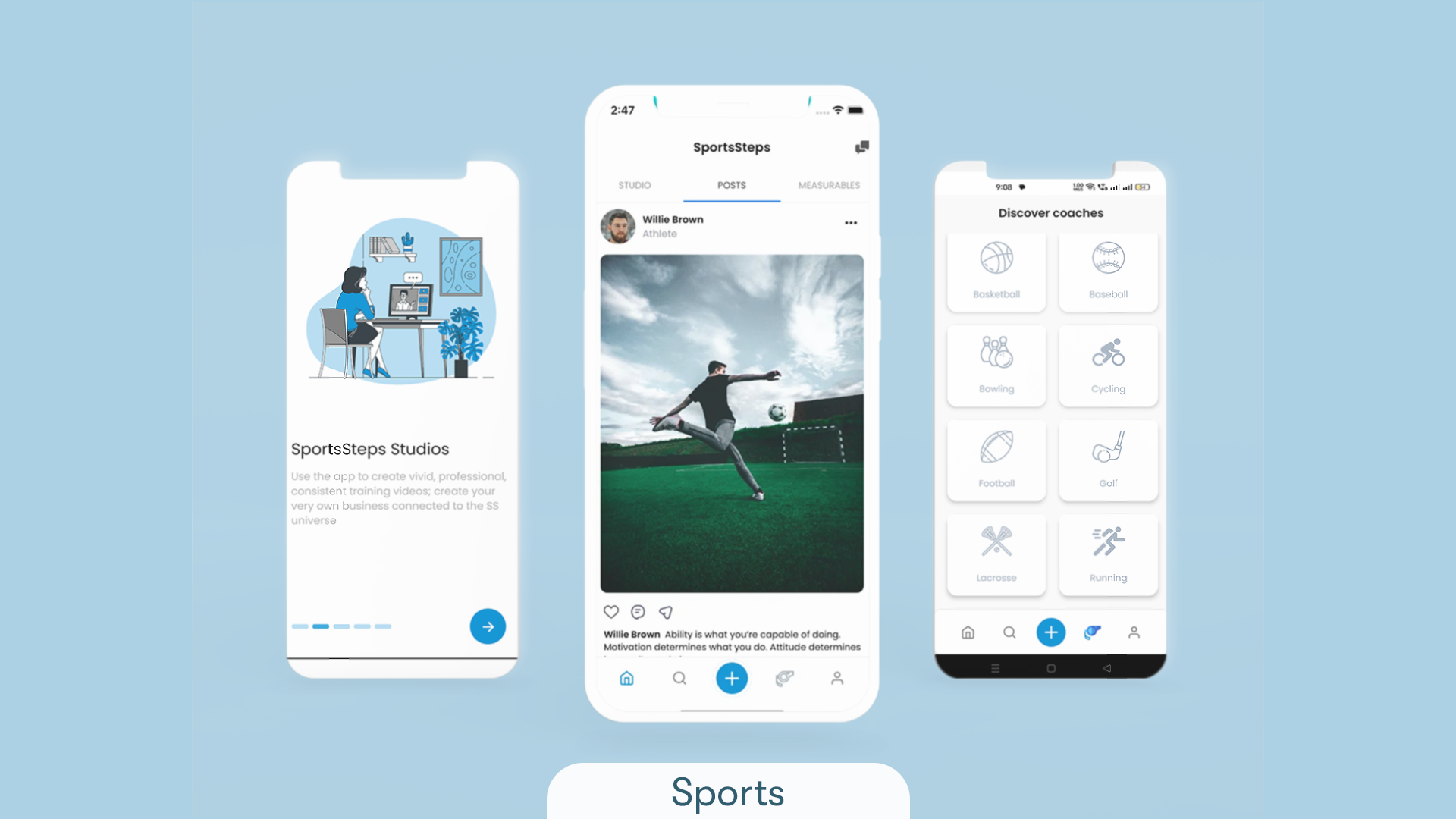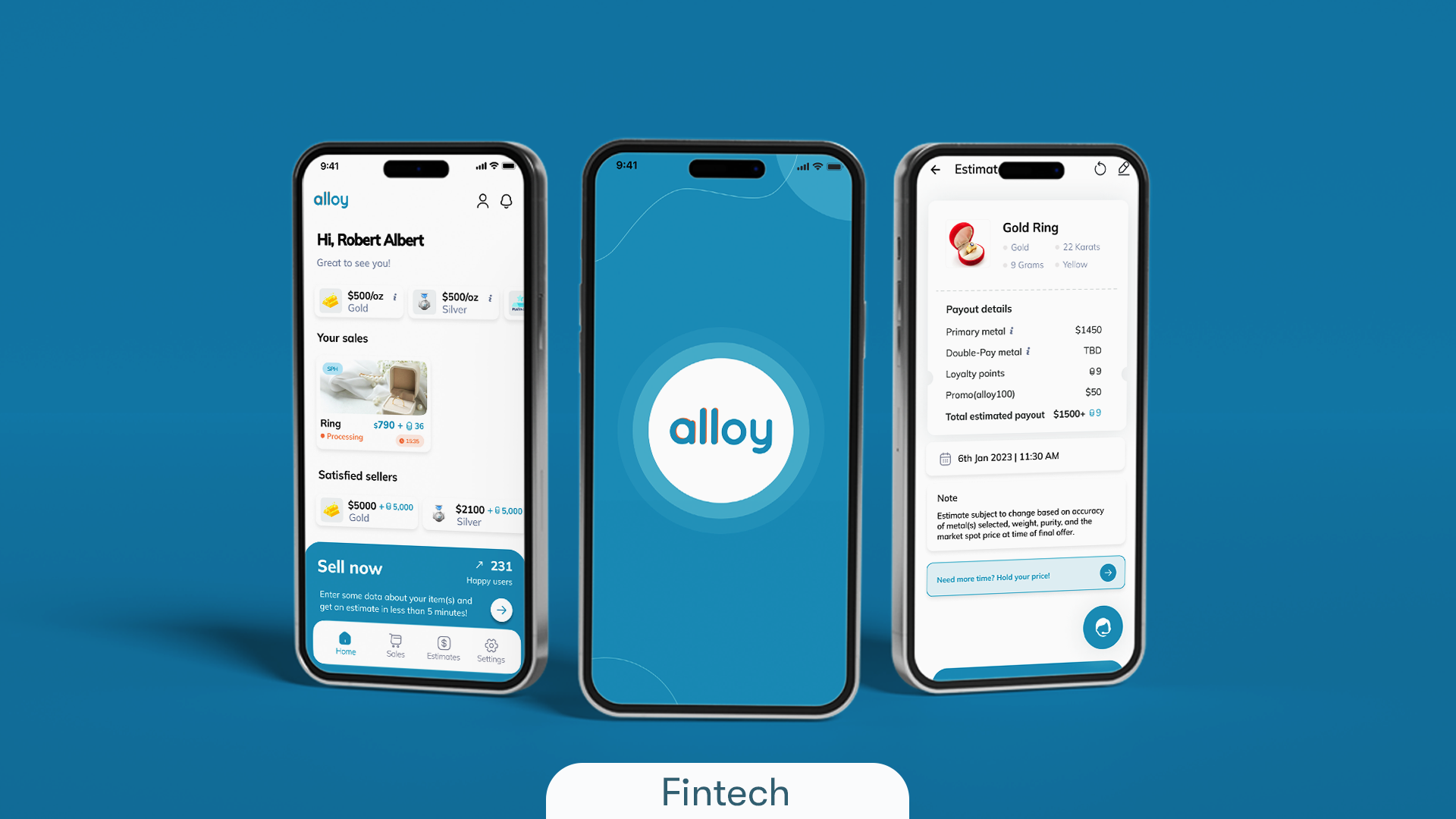February 13th, 2024 at 04:01 pm
Augmented Reality (AR) has emerged as a transformative technology that is reshaping the landscape of various industries, and one sector that has particularly embraced its potential is e-commerce. The fusion of AR and e-commerce has given rise to a new paradigm, offering consumers immersive and interactive experiences that transcend the limitations of traditional online shopping.
How is AR used in E-commerce?
Augmented Reality integrates digital elements, such as images, videos, or 3D models, into the real-world environment experienced by users. Unlike Virtual Reality (VR), which immerses users in a completely virtual environment, AR enhances the real-world experience by overlaying digital information. In e-commerce, AR allows consumers to visualise products in their physical space before purchasing.
How Does AR Work?
The functionality of AR revolves around the use of devices equipped with cameras, such as smartphones or tablets. Users can leverage these devices to scan their surroundings, and AR apps use this data to place digital representations of products within the real-world environment. This enables customers to see how a piece of furniture fits into their living room, how a pair of shoes looks on their feet, or how a piece of clothing complements their wardrobe.
Benefits of Integrating AR in E-commerce
Enhanced Customer Engagement
One of the primary benefits of incorporating AR into e-commerce is the heightened level of customer engagement. By allowing users to interact with virtual representations of products, businesses can provide a more engaging and personalised shopping experience. This interactivity captivates customers and fosters a stronger connection with the brand.
Improved Decision-Making
AR enables customers to make more informed decisions by virtually trying out products before purchasing. Whether it’s testing furniture placement or trying on virtual clothing, the ability to visualise products in the context of the user’s environment reduces uncertainty and increases confidence in the purchase.
Reduced Return Rates
The integration of AR in e-commerce has the potential to mitigate the issue of returns, a significant concern for online retailers. When customers can virtually experience a product before buying, they are less likely to be dissatisfied upon its arrival, resulting in lower return rates and improved customer satisfaction.
Differentiation in the Market
In a competitive e-commerce landscape, standing out is crucial. AR provides a unique selling proposition, differentiating businesses from competitors by offering an innovative and immersive shopping experience. This differentiation can attract new customers and retain existing ones, contributing to overall business growth.
Increased Sales
Ultimately, the goal of any e-commerce platform is to drive sales. Enhancing the overall shopping experience and reducing uncertainties associated with online purchases, can increase conversion rates and boost sales.
Examples of Popular E-commerce Apps Using AR
Several applications have emerged as pioneers in integrating AR into the e-commerce experience. These apps showcase AR technology’s diverse applications and potential in revolutionising how consumers shop online.
IKEA Place
Furniture giant IKEA’s AR app, IKEA Place, allows users to place furniture items virtually in their homes. This app leverages AR technology to provide a true-to-scale representation of IKEA’s products, helping customers envision how various pieces will fit into their living spaces.
Sephora Virtual Artist
Sephora, a leading beauty retailer, employs AR in its Virtual Artist app. This application allows users to try different makeup products virtually, helping them find the perfect shades without needing physical testing. It’s a prime example of how AR can enhance the purchasing experience for beauty products.
Warby Parker
Warby Parker, a famous eyewear brand, utilises AR in its app to enable users to virtually try on glasses before making a purchase. This feature eliminates the need for in-store visits and provides a convenient way for customers to find frames that suit their style.
ASOS
The fashion industry has also embraced AR, and ASOS, a prominent online fashion retailer, integrates AR into its app to enable users to see how clothes will look on them. This feature contributes to a more satisfying online shopping experience for fashion-conscious consumers.
Amazon AR View
E-commerce giant Amazon has introduced AR View, allowing users to visualise products in their homes before buying. This feature spans various product categories, directly giving customers a comprehensive AR shopping experience within the Amazon app.
Successfully Integrating AR into E-commerce Apps
The decision to integrate AR into e-commerce mobile apps should not be taken lightly, as it has far-reaching implications for the overall success of an e-commerce business. Several factors need careful consideration:
Aligning with Brand Image
The integration of AR should align seamlessly with the brand image and values. AR experiences should enhance brand perception and create a memorable customer experience.
User Accessibility
AR features should be designed with user accessibility in mind. Ensuring that AR applications are easy to use, compatible with various devices, and accessible to users with different levels of technical expertise is paramount.
Balancing Cost and ROI
The investment in AR technology should be balanced with the expected return on investment (ROI). Businesses should carefully assess the cost of implementation, potential benefits, and the impact on sales and customer satisfaction.
Continuous Innovation and Updates
AR technology is evolving rapidly, and businesses must stay ahead of the curve to remain competitive. Regular updates and innovations in AR features can keep the e-commerce mobile app fresh and engaging.
Analytics and User Feedback
Implementing AR in e-commerce should accompany robust analytics tools and mechanisms for collecting user feedback. Understanding how users interact with AR features and gathering insights into their preferences can inform future updates and improvements.
As the e-commerce landscape continues to evolve, embracing Augmented Reality presents an opportunity for retailers to differentiate themselves and stay ahead of the competition. AR in e-commerce is unlocking new dimensions of customer engagement and satisfaction. As technology advances, businesses that strategically integrate AR into their e-commerce mobile apps can create compelling, immersive experiences that resonate with today’s tech-savvy and discerning consumers.
Businesses should explore partnerships with experienced mobile app development companies that specialise in cutting-edge technologies, ensuring a seamless and impactful integration of AR into their mobile apps. This strategic move can position businesses at the forefront of innovation and contribute to sustained growth in the dynamic e-commerce landscape.











